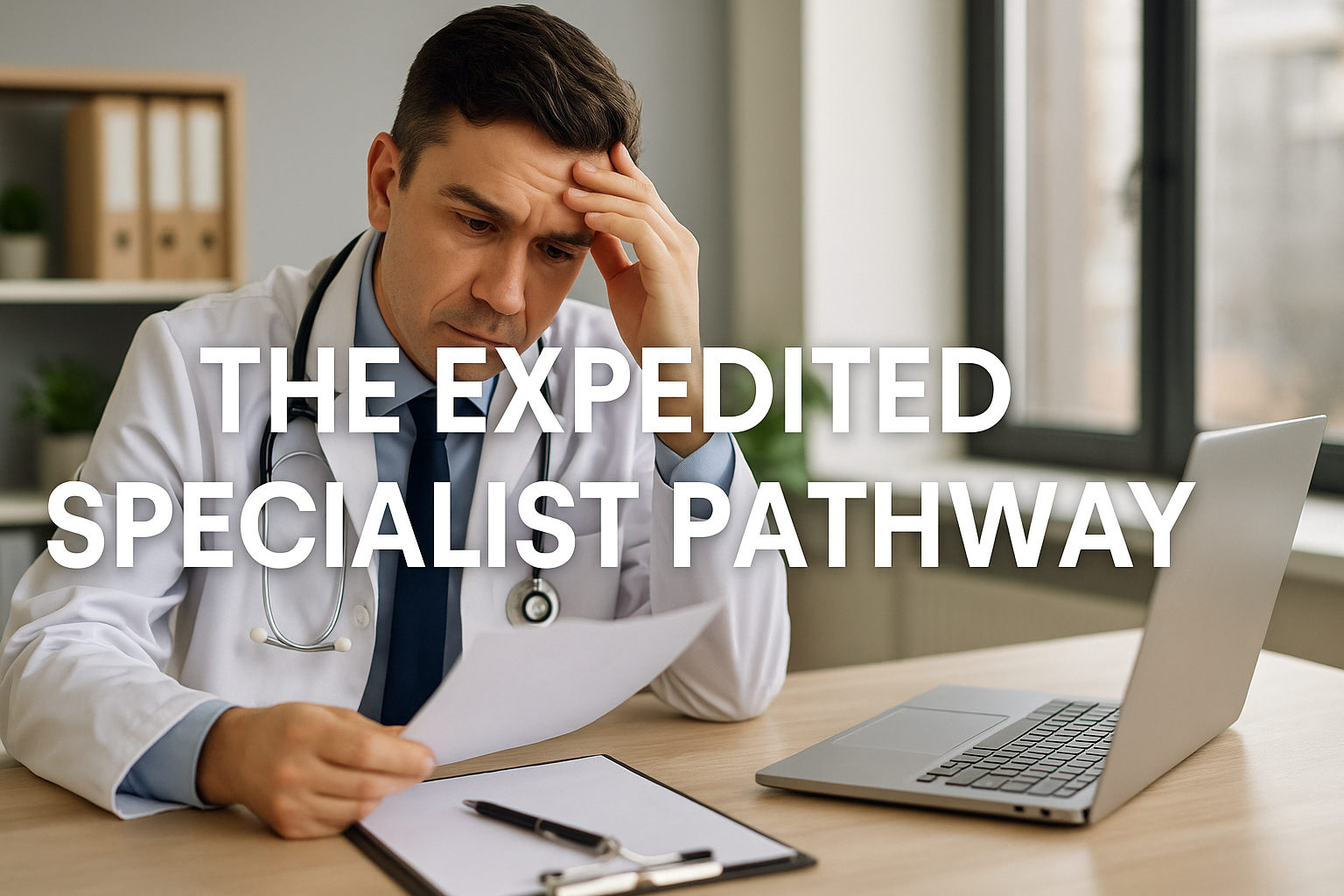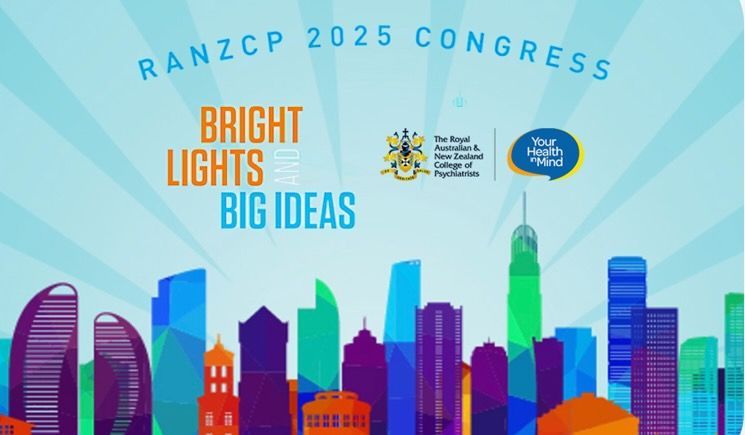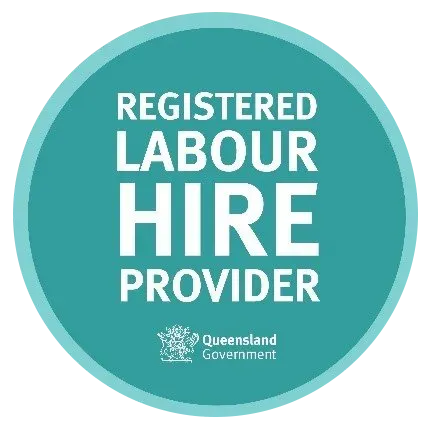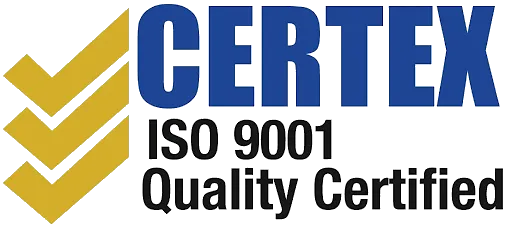Radiologist salaries in Australia and New Zealand
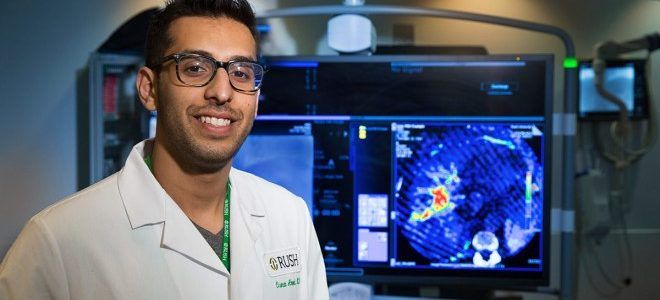
Radiologist Salaries in Australia and New Zealand
Radiologist salaries in australia
Radiology is one of the highest payed professions in the world. Australia has about 2000 radiologists serving a population of more than 24 million people. The demand is high, and as time gоеѕ on more radiologists will be nееdеd. The outlook for radiologist salaries is very good.
While the training rules in Australia and New Zealand are more or less the same, radiologist salaries differ by large margins. For each of the specialist categories, radiologists in the country in Australia may earn up to three times their colleagues in New Zealand.
Even though income is higher in Australia, the cost of living and taxes are higher than New Zealand which is something to consider when comparing the two.
Benefits of working as a Radiologist in Australia
- Income packages of up to AUD$650,000 and often higher with incentives and bonuses. The package may include visa sponsorship, relocation, family packages, accommodation and car.
- Locum radiologists rates are around AUD$3,000 to $3,500 per day depending on the location of engagement.
- Receiving generous and flexible annual leave.
- Receiving professional development leave and allowances.
- Enjoying an excellent work-life balance, including a 43-hour working week, with five of those hours assigned for teaching, research or management duties.
- Choosing from a rich pool of jobs in city and rural locations.
In addition, a radiologist in the country has access to some of the latest advances in medical work tools and equipment and conducive work environments.
Radiologist salaries in new zealand
Radiology Specialists are also in very high demand in Nеw Zealand. Radiologist Salaries and other medical professional’s salaries are set by the Government. Salaries are allocated by a “step” system following a salary structure across the spectrum of training and work experience:
A specialist radiologist receives a salary of NZD $152,000 to $250,000 and up to NZD$300,000 per annum with extra work.
In the private sector, income for respective positions are often twice as much. Most radiologists in the public system often do sessions in private practice boosting their income further. Radiologists in private practice also take on sessions within the public system however this is mainly for academic purposes.
Benefits of working as a Radiologist in New Zealand
The benefits for Radiologists practicing in New Zealand hospitals include the following:
- Appreciable Sick Leave – Doctors can take up to 10 paid days per year
- Annual Leave – Doctors are entitled to 5 weeks paid leave per year
- Doctors appointed as ‘relievers’ are paid salaries above their qualifying award.
- A number of consultants will receive a Continuing Medical Education allowance in addition to travel and accommodation allowances.
- Many hospitals give doctors subsidised meals, free or discounted accommodation and other industry benefits.
In addition to the above, radiologists in New Zealand enjoy low cost of living, a great lifestyle and they have the flexibility to choose their overtime hours with a friendly tax regime.
Interested? Register now for the highest paid radiology positions across Australia and New Zealand. Or sign up here for high-paying Radiology locum jobs in Australia!

